Visual discrimination Geometry Worksheets for Ages 3-8
9 filtered results
-
From - To
Enhance your child’s visual discrimination skills with our engaging Visual Discrimination Geometry Worksheets, designed for ages 3-8. These worksheets focus on helping young learners identify shapes, patterns, and differences through fun, interactive exercises. By developing these essential skills, children will build a solid foundation for future math concepts and problem-solving. Our worksheets are visually appealing and age-appropriate, making learning enjoyable and effective. Perfect for use at home or in the classroom, they cater to diverse learning styles. Download our comprehensive collection today to support your child's early mathematical journey and boost their confidence in geometric understanding!
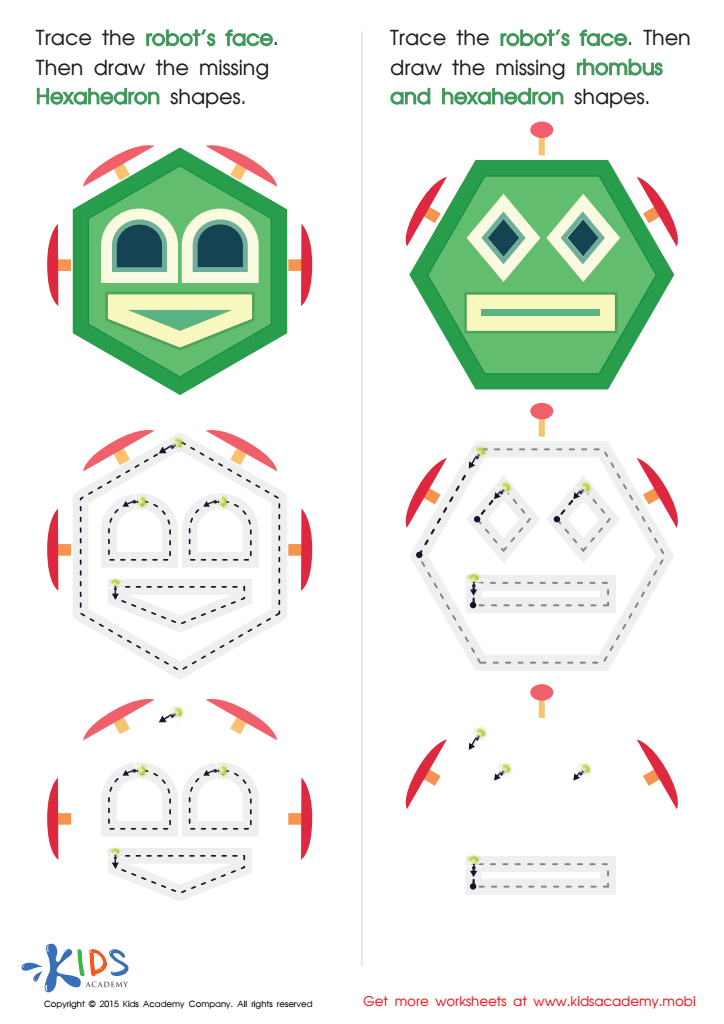

Practice Drawing Hexahedrons And a Rhombus Worksheet
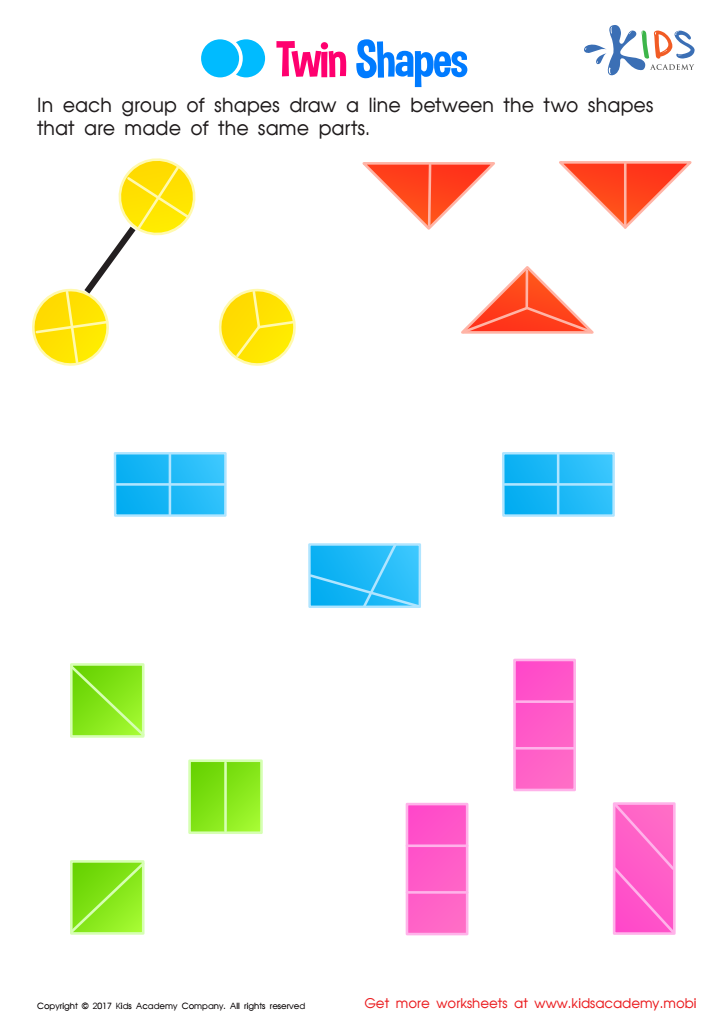

Twin Shapes Worksheet
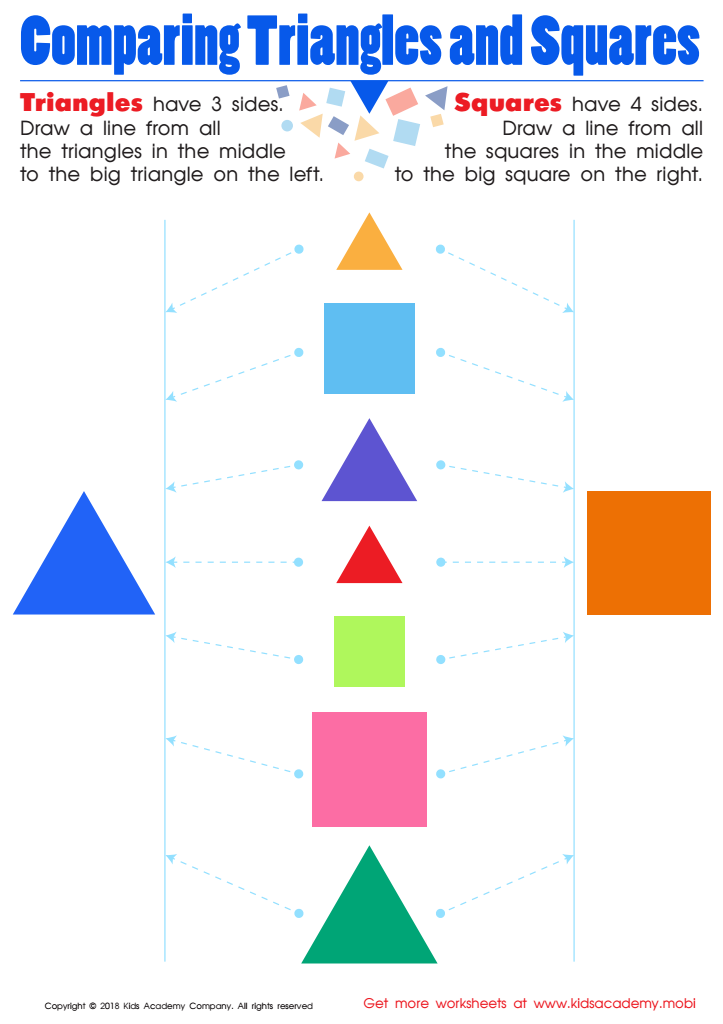

Comparing Triangles Squares Worksheet


Animal Shadows Sorting Worksheet


Congruent Shapes Worksheet
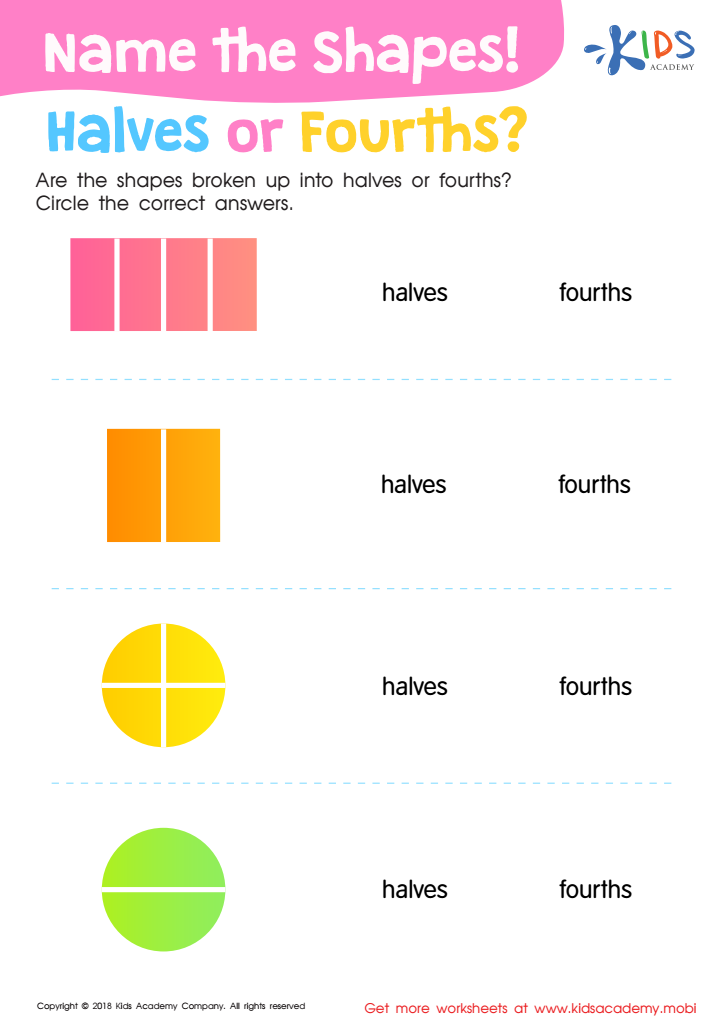

Name the Shapes Halves or Fourths? Worksheet
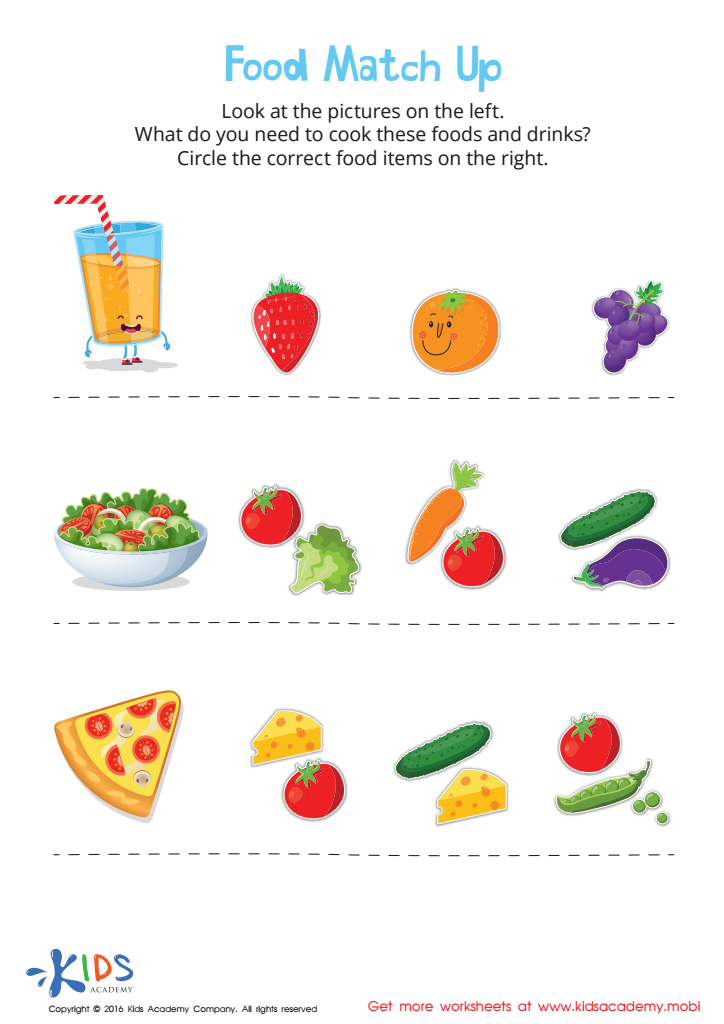

Food Match Up Worksheet
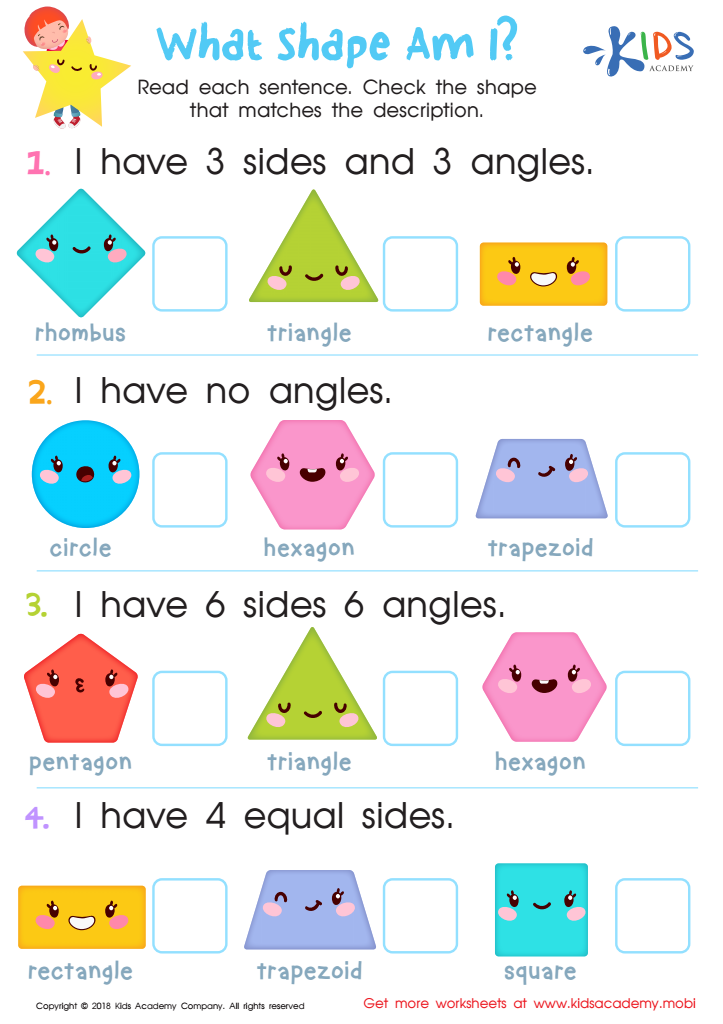

What Shape Am I? Worksheet
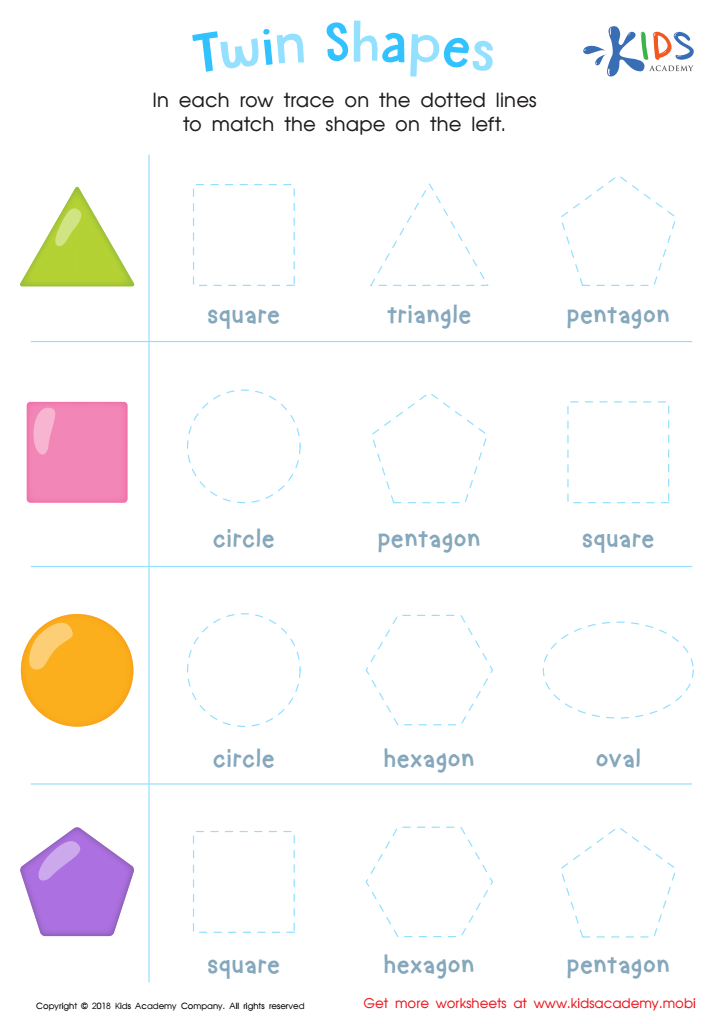

Twin Shapes Dot-to-Dot Worksheet
Visual discrimination in geometry is crucial for children aged 3-8 as it lays the foundational skills for their future academic success and everyday life. At this early stage, children develop the ability to identify, compare, and categorize shapes and spatial relationships. This skill is essential not only for understanding geometry but also for fostering critical thinking and problem-solving abilities.
Parents and teachers should care about visual discrimination in geometry because it enhances a child's cognitive development, promoting skills such as observation, attention to detail, and logical reasoning. As children learn to distinguish between various shapes, sizes, and orientations, they build a fundamental understanding of the world around them, which is key to grasping more complex mathematical concepts later on.
Moreover, engaging in geometric activities can boost a child's confidence and enthusiasm for learning. Incorporating games and hands-on experiences in shape recognition and spatial reasoning can make learning enjoyable and effective. Ultimately, fostering visual discrimination in geometry encourages curiosity and a love of learning that extends beyond the classroom, equipping children with the skills necessary for future academic challenges and everyday problem-solving in their lives. This investment in early education can lead to more capable learners who appreciate the beauty of mathematics.
 Assign to My Students
Assign to My Students































